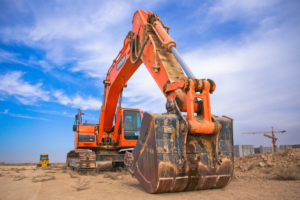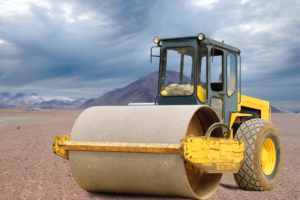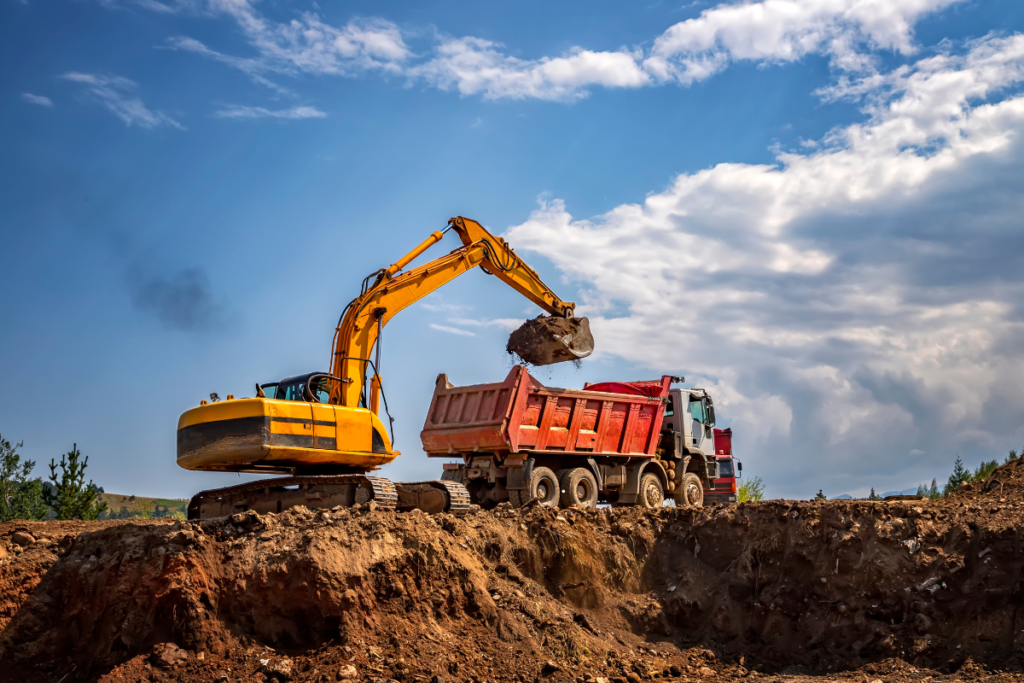 Introduction to Commercial Equipment Estimating:
Introduction to Commercial Equipment Estimating:
In the world of construction and industrial projects, accurate estimating is the backbone of successful project management. Whether it’s for a large-scale commercial construction project or a smaller, more specialized industrial job, the cost of equipment can have a significant impact on the overall budget. This is where commercial equipment estimating comes into play. By understanding and applying effective estimating practices, businesses can ensure that they are budgeting accurately, avoiding costly overruns, and ultimately, delivering successful projects.
Understanding Commercial Equipment Estimating
Commercial equipment estimating involves calculating the costs associated with the equipment required for a particular project. This could range from heavy machinery used in construction, such as cranes and bulldozers, to more specialized equipment like HVAC systems, generators, or industrial ovens. Estimating these costs accurately is crucial as equipment often represents a substantial portion of the total project cost.
The process of commercial equipment estimating includes identifying the types and quantities of equipment needed, understanding the rental or purchase costs, and accounting for additional factors like transportation, maintenance, and operator costs. These estimates must be as accurate as possible to create a realistic budget, which will help in securing funding, negotiating contracts, and ensuring project profitability.
Key Components of Commercial Equipment Estimating
- Identifying Equipment Needs: The first step in commercial equipment estimating is to determine exactly what equipment is required for the project. This involves reviewing the project plans and specifications, consulting with project managers and engineers, and considering the specific demands of the job site. The goal is to compile a comprehensive list of equipment that will be needed throughout the project.
- Understanding Equipment Costs: Once the necessary equipment has been identified, the next step is to understand the costs associated with acquiring and using that equipment. This can include:
- Purchase Costs: For equipment that will be bought outright, this includes the purchase price, taxes, and any financing costs.
- Rental Costs: For equipment that will be rented, this includes the daily, weekly, or monthly rental rates, as well as any delivery and pick-up fees.
- Operating Costs: This includes fuel, maintenance, and repair costs, as well as the cost of hiring operators for the equipment.
- Depreciation: For purchased equipment, it’s important to factor in depreciation, which affects the long-term value of the asset.
- Accounting for Additional Factors: There are several additional factors that can influence the cost of equipment in a project:
- Transport and Mobilization: Moving heavy equipment to and from the job site can be expensive, especially if the site is in a remote location.
- Permits and Insurance: Some projects may require special permits or insurance for certain types of equipment, which can add to the overall cost.
- Downtime and Delays: If equipment breaks down or if the project is delayed, it can lead to additional costs that need to be accounted for in the estimate.
- Creating the Estimate: After gathering all the necessary information, the next step is to create the actual equipment estimate. This involves compiling all the costs into a detailed estimate that can be used for budgeting and planning purposes. It’s important to ensure that the estimate is as detailed as possible, with clear breakdowns of costs and assumptions.
Best Practices for Commercial Equipment Estimating
To ensure that your commercial equipment estimating is as accurate and effective as possible, consider the following best practices:
- Use Historical Data: One of the most effective ways to improve the accuracy of your estimates is to use historical data from previous projects. This can provide valuable insights into the actual costs of equipment and help you to make more informed estimates.
- Consult with Experts: Don’t hesitate to consult with equipment vendors, operators, and other experts when creating your estimate. They can provide valuable insights into the actual costs and potential challenges associated with different types of equipment.
- Consider Multiple Scenarios: Equipment needs and costs can vary depending on a variety of factors, such as project delays, weather conditions, or changes in scope. Consider creating multiple scenarios in your estimate to account for these variables and ensure that you are prepared for any eventuality.
- Review and Revise: Estimates should not be static documents. As the project progresses and new information becomes available, it’s important to review and revise your equipment estimate to ensure that it remains accurate and relevant.
- Leverage Technology: Today, there are numerous software tools available that can assist with commercial equipment estimating. These tools can help you to automate calculations, track costs, and generate more accurate and detailed estimates.
The Role of Commercial Equipment Estimating in Project Success
Accurate commercial equipment estimating is crucial for the success of any construction or industrial project. Without a clear understanding of equipment costs, projects can quickly run over budget, leading to financial strain and potential project delays. On the other hand, accurate estimating can help to ensure that projects are completed on time and within budget, leading to satisfied clients and profitable outcomes.
Moreover, effective equipment estimating can also help to improve project planning and resource allocation. By understanding the true cost of equipment, project managers can make more informed decisions about whether to rent or purchase equipment, how to allocate resources, and how to schedule work to minimize costs.
Commercial equipment estimating is a critical component of the construction and industrial project management process. By accurately identifying equipment needs, understanding costs, and accounting for additional factors, businesses can create detailed and reliable estimates that support project success. By following best practices and leveraging technology, companies can improve the accuracy of their estimates and ensure that they are well-prepared for any challenges that may arise during the project.
In an industry where margins can be thin and competition fierce, the ability to accurately estimate equipment costs can be a key differentiator that sets successful companies apart from the rest. Whether you are managing a large commercial construction project or a smaller industrial job, investing time and effort into commercial equipment estimating is an investment in your project’s success
Are you looking for the best estimating services in USA?
Look no further than “https://zionestimating.com”
They are offering top-notch services like;
- Construction/cost estimation
- Budget planning
- Material takeoff
- Equipment estimation
and further more!!!
Here are some more information for your convenience:
Phone no. : +1 718-427-9941 || +1 562-383-6177
Email: [email protected]
Visit their blogs and site
https://zionestimating.com for the latest updates and service tips!
.
